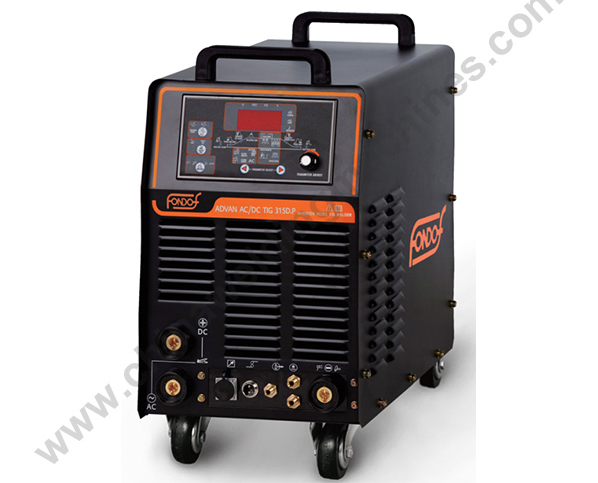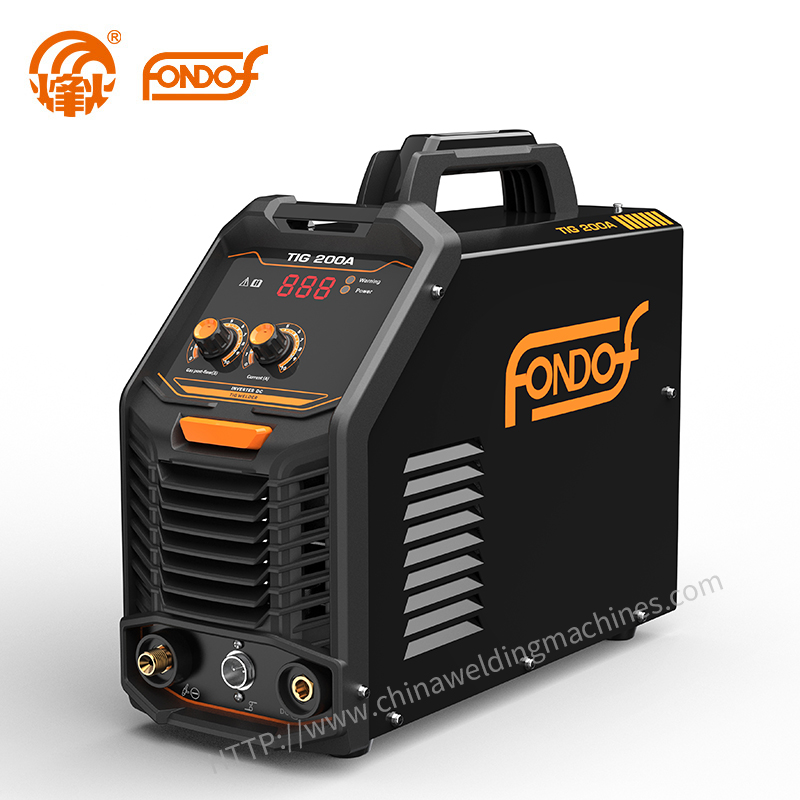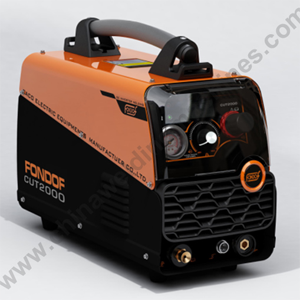Buyer's Guide: How to Select the Best TIG Welder Under $1000
 Sep. 06, 2022
Sep. 06, 2022
When it comes to precision and control in welding, the best TIG welder can make all the difference. For versatility and professional-grade results, a best AC DC TIG welder stands out, capable of handling both alternating and direct current, making it ideal for a wide range of materials including aluminum and stainless steel. If you're looking for the best TIG welder for home use, consider models that offer good value and ease of operation without compromising on quality. For those specifically interested in the best AC TIG welder, there are several options that excel in aluminum welding due to their ability to handle alternating current effectively.
For those focused on welding stainless steel, the best TIG welder for stainless steel will have features like pulse control and a stable arc to prevent overheating and warping. Additionally, if you're on a budget but still want a reliable machine, the best budget AC/DC TIG welder can provide a balance between cost and performance, making it a great choice for hobbyists and small workshops. The best TIG welding machine for your needs will depend on the specific materials you work with, the frequency of use, and your skill level, but investing in a high-quality unit will pay off in the long run with better results and durability.
How to Select the Best TIG Welder

AC/DC
TIG welders run DC amps for standard steel and stainless steel welding. If you want the option to weld aluminum, it’s essential to purchase a welder that runs AC as well. These are generally more expensive machines, as there is a significant internal change to weld AC, but aluminum won’t be TIG welded any other way (unless you’re absolutely desperate and weld quality doesn’t matter).
Output
Your requirements for welding will determine the different output needs you should look for in a TIG welder. AC/DC and amperage are the two primary considerations.
Amperage
The material thickness you want to weld will determine the amperage range required in a welder. Very thin sheet metal needs a welder to go down to a tiny amperage range, and thick sections with a large volume of weld require high amperage capabilities to achieve the necessary heat.
A tiny amperage range is generally harder to come by than a high amperage range, although most TIG welders will run 20 to 100 amps comfortably. Figure out how many amps you need for the welding you do, so you can have a realistic amperage range in mind.
Having a welding margin slightly outside the specific size you need will help ensure you’re safe. You don’t want to weld too hot or cold due to your machine not quite reaching your required amperage if things don’t line up as you anticipate. 10 percent less than one amp per 0.001 inch of metal is a good guide to get a rough idea for the amperage range you need.
Arc starts
High-frequency starts are when the arc is initiated by pressing the torch trigger when the tungsten tip is a small distance away from the metal. This is the easiest way to start your arc because your tungsten tip can’t stick to the metal you’re welding.
You can also be in the correct position before starting the arc, and then once it’s started, you can direct the pool along without realigning. Aside from the ease of this arc start, it causes no contamination to your weld due to the tungsten and metal never touching.
Lift starts are when the tip touches the metal lightly, and then once it’s lifted, the arc is formed. It’s an easy way to start, like high-frequency starts, but it adds a small amount of contamination to your weld due to the metal and tip touching.
Scratch starts are like the way stick welders start their arc. The tungsten tip scratches the metal surface to strike an arc, like striking a match. This is a more difficult way to start, as it can be inconsistent forming the arc, and there is much more contamination than the other two arc starts. However, scratch start machines are easy to manufacture, which is why lower-priced machines often have them.
Quality
Just because a welder costs less than $1000 doesn’t mean it lacks the quality of a more expensive machine. There are many low-quality machines under $1000, but there are also some well-built machines that are sold for a lower price due to having fewer features or because they’re not a known brand name.
Unless you’re just starting and don’t mind a low-quality machine, it’s better to look for a welder that’s made well so you can have confidence that it will last. You may pay slightly more for better quality, but you’ll save money in the long run with less maintenance and not having to replace it quickly.
Accessories
There is a range of other accessories that come with TIG welders that is good to be aware of before choosing a TIG welder. They can be purchased separately from the machine itself if they’re not included, but they’re more expensive separately than when they're added into the overall price of a welder.
A foot pedal is a device that allows you to adjust the amperage range you weld at during the fusing process. It’s like a pedal on a car: the more you engage it, the more amperage you’ll produce. You’ll also minimize amperage by letting off the pedal.
MIG machines are sometimes built into a TIG welder to give you options to weld in various ways with the one machine. However, not every process in multi-process machines runs as well as when they’re in single-process machines.
In less expensive welders, the machines are purpose-built for one process and have other processes added into them. Make sure the TIG welding function is the primary function if you look into a multi-process welder.
A plasma cutter can also be a part of a multi-process TIG welder. It’s handy being able to cut and weld with the same machine, and it can save you a lot of money compared to buying the two separately.
Conclusion
TIG welders come with a range of incredible options, and there are some impressive machines under $1000. We hope our reviews of the best TIG welders under $1000 have been helpful to you and you’ve found what you’re seeking. Feel free to contact us.



























